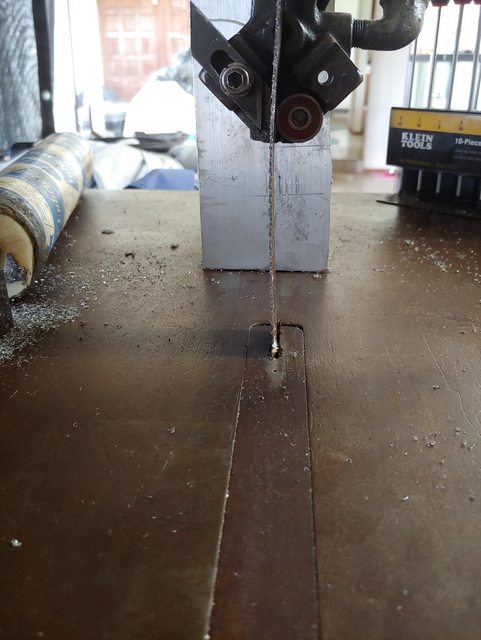- Joined
- Nov 12, 2017
- Messages
- 391
More likely the belt is glazed, incorrect blade or its loaded with unejected chips. Too small a pitch, (teeth per inch), blade speed too low, combination of possibly too high and too many teeth. All those factors are individual considerations, working correctly in unison.
There are infinite blade and speed charts online.
1 more, is it a 115v or 230v motor?
There are infinite blade and speed charts online.
1 more, is it a 115v or 230v motor?
Last edited:



